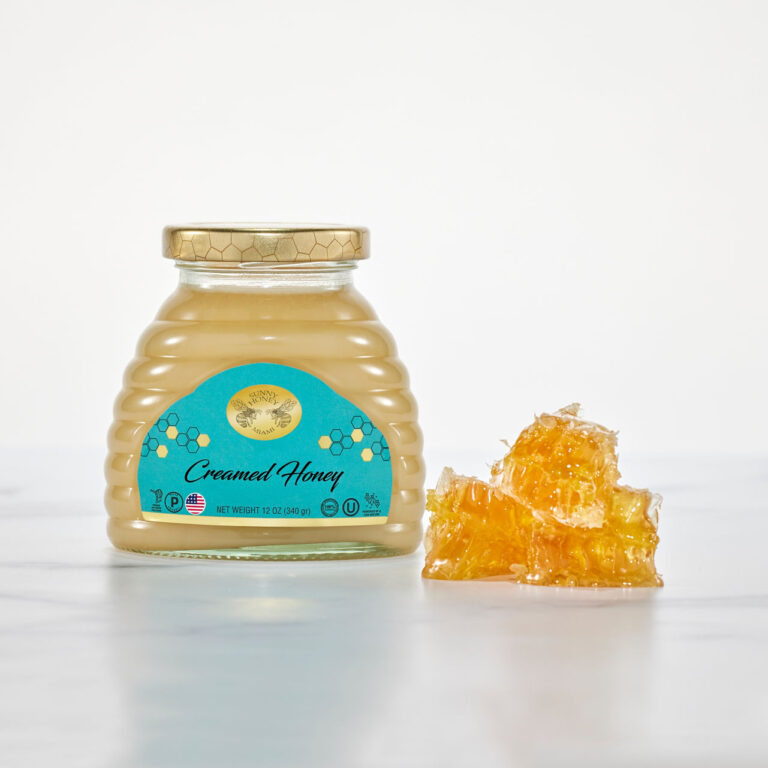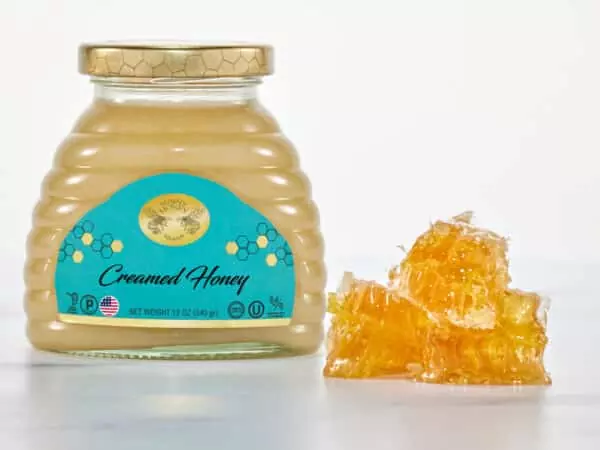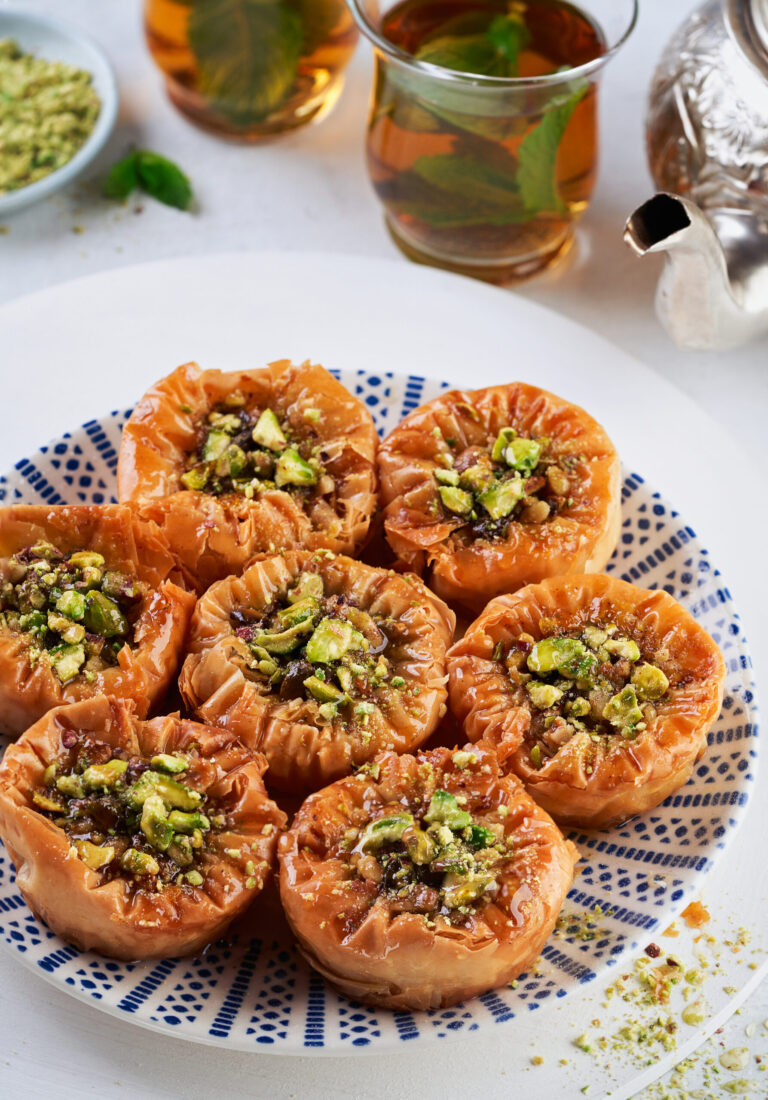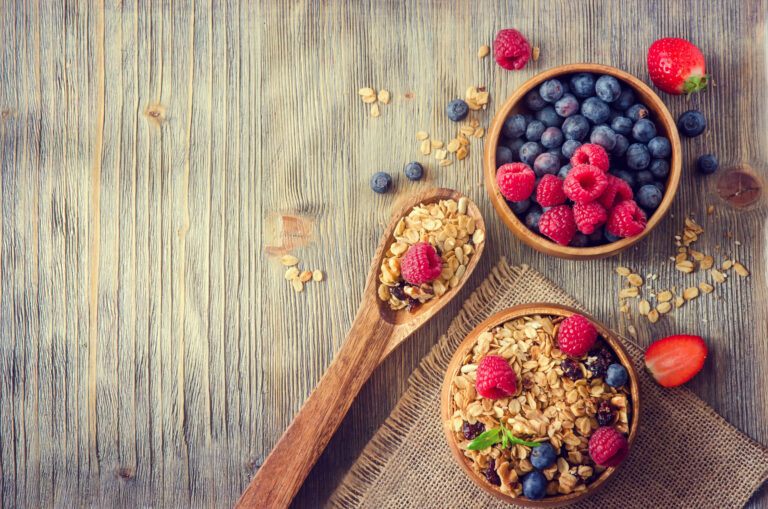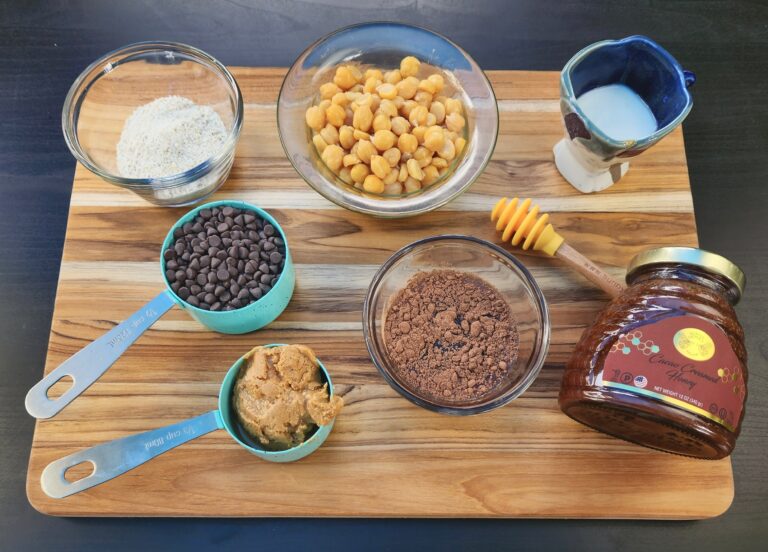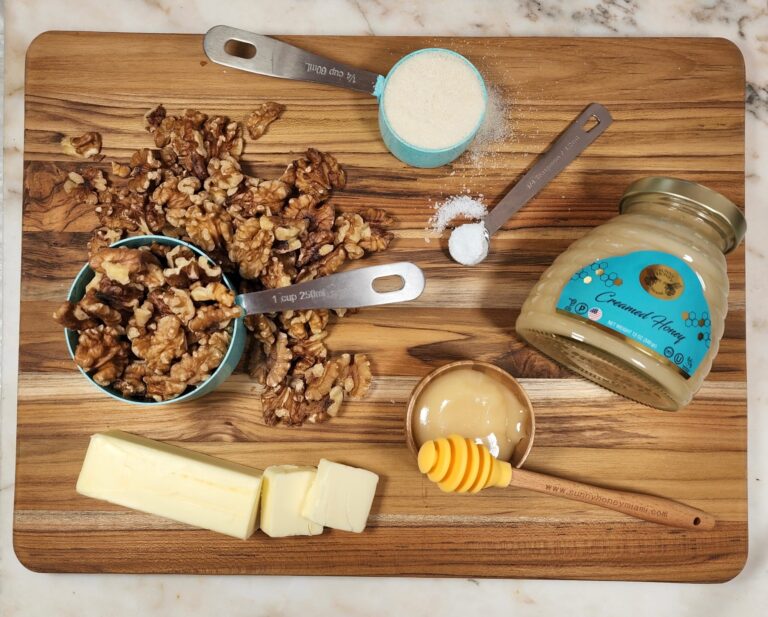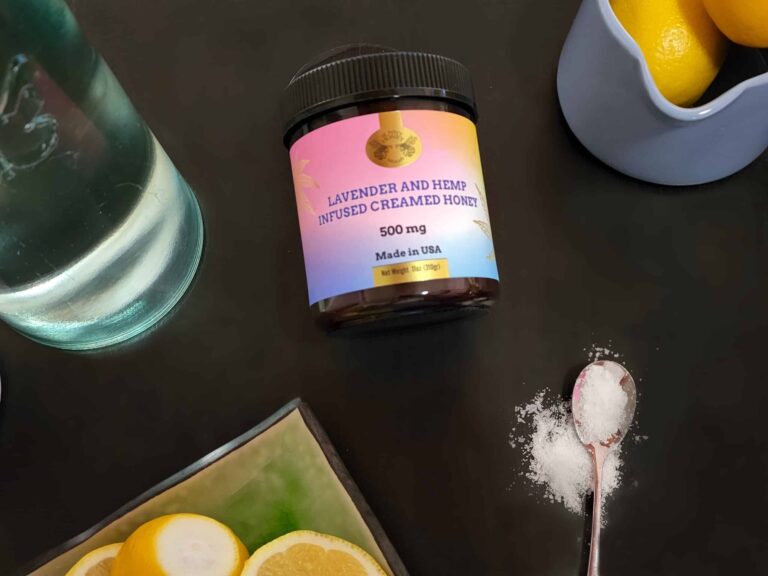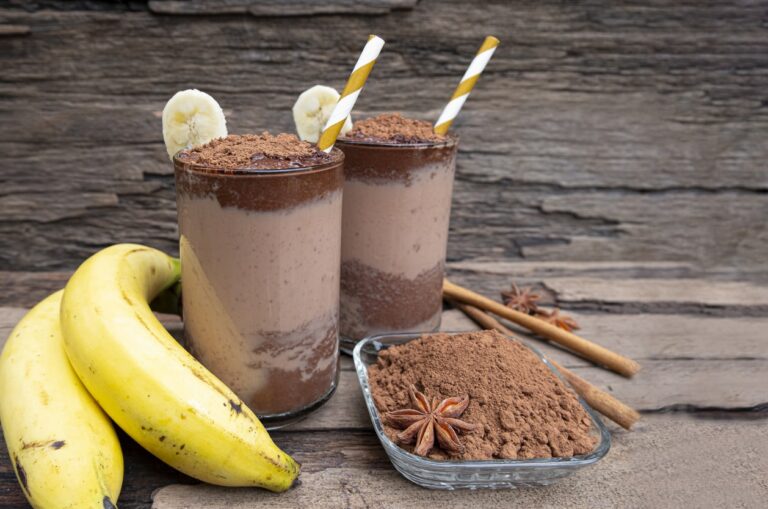FREE SHIPPING WHEN YOU ORDER $35 OR MORE
Creamed Honey vs. regular Honey
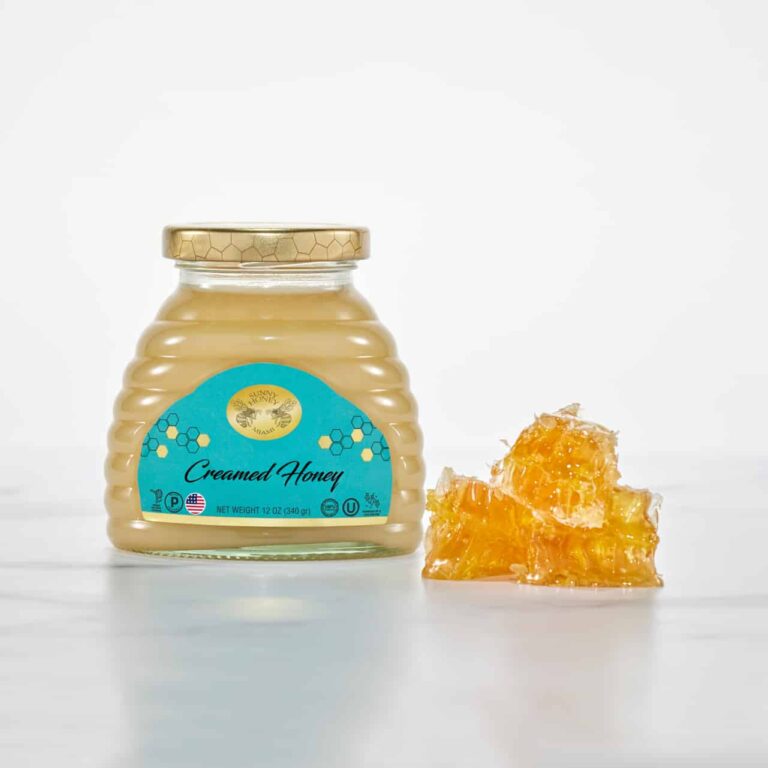
Creamed Honey vs. Regular Honey: Which is Better? Honey, a golden liquid produced by bees using nectar from flowers, has been cherished throughout history for its unique taste and health benefits. Among its many varieties, creamed honey and regular honey…
